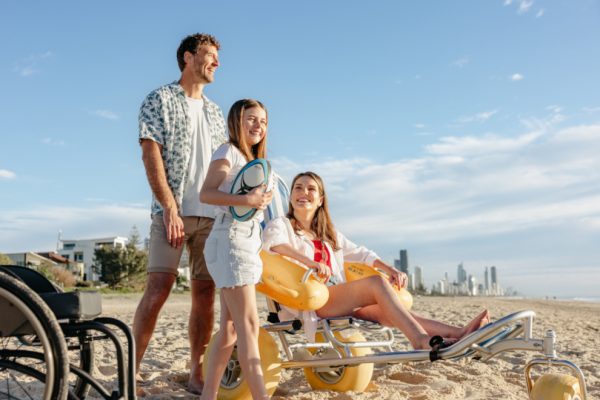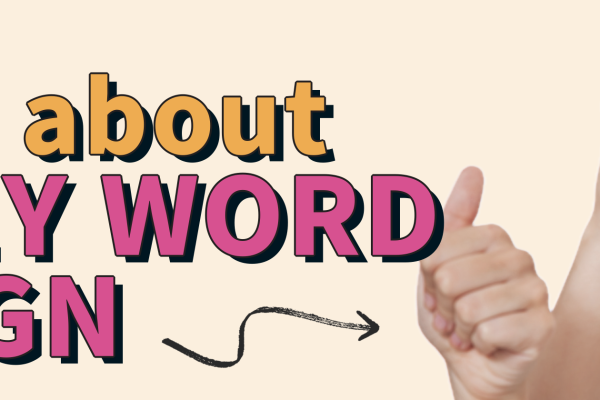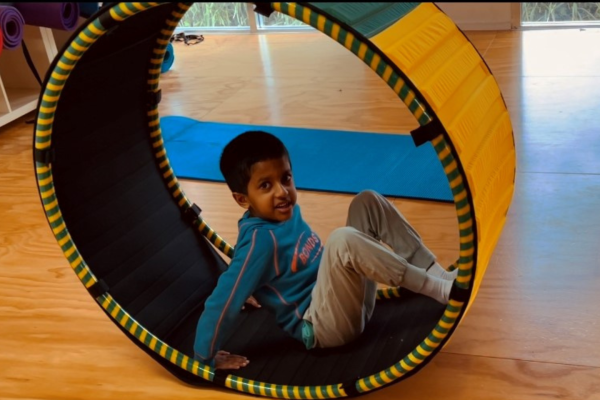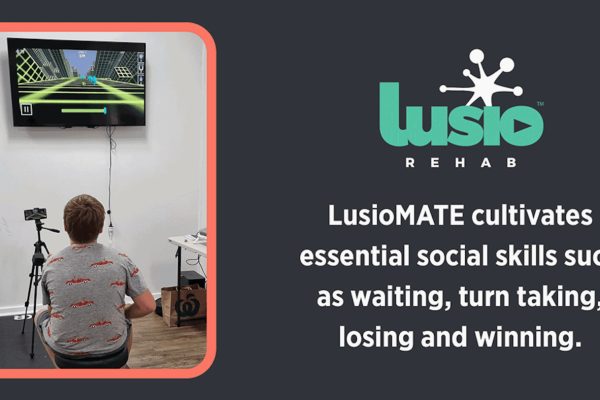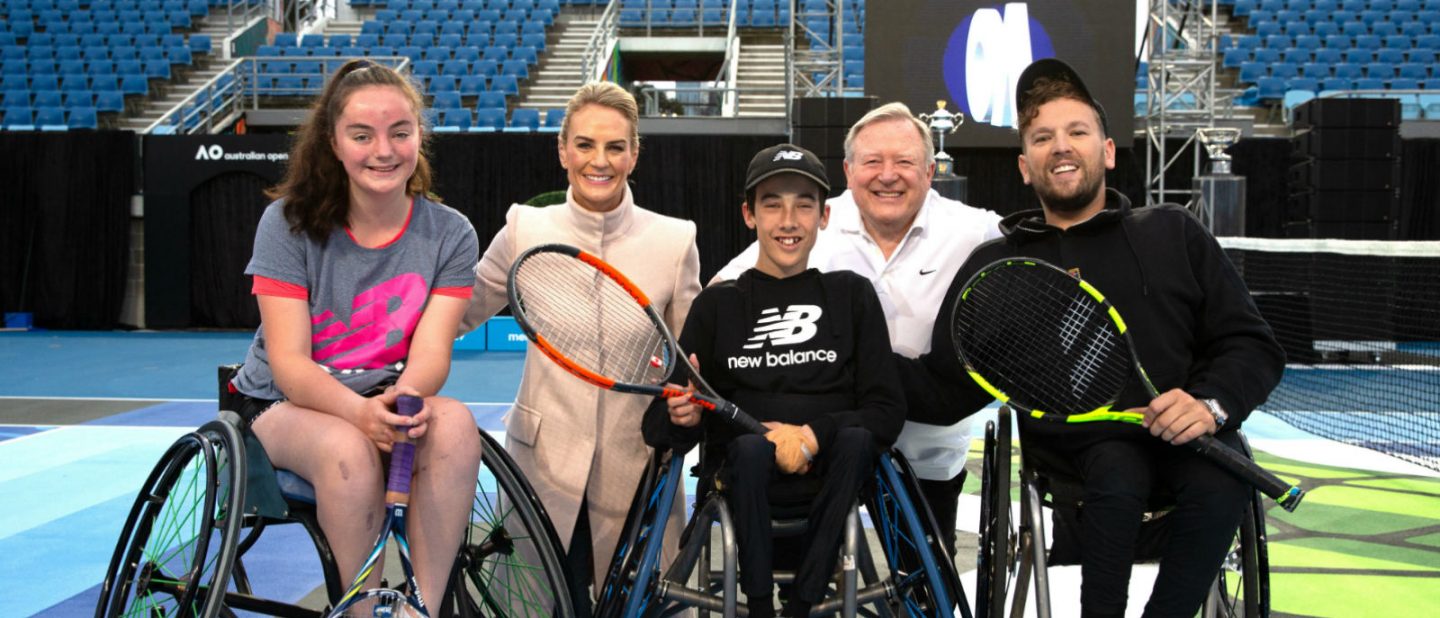
Anyone for tennis? All abilities are taking to the court
In less than two decades, the participation of people with a disability in tennis has grown to more than 60,000 across the country.
Targeted programs and a greater engagement from the disability sector has seen interest in the sport grow faster than a Sam Groth serve and this is set to continue as more elite tournaments promote inclusion.
Tennis Australia’s Director of Participation, Paul Cammack, says there is a great range of programs organised for people with a disability.
“Tennis welcomes people of all ages and abilities to participate in our sport, and offers a wide range of inclusive and specialist programs for players with a disability to get involved,” Paul says.
“We continue to develop opportunities for players with disability as we see an increase in engagement across the country.
“We aim to break down barriers and create environments where every person can feel confident to pick up a racquet and have a go, no matter what their age or ability.
“Small changes in attitude on a community level can lead to huge steps in social attitudes all over the world.”
The Tennis Australia Programs available include:
• Those with an intellectual disability
• Those who are hard of hearing or deaf
• Blind and vision impaired
• Those with a physical disability that can participate in Wheelchair Tennis
“All of these programs have participation pathway options from the grassroots all the way up to the elite international competition,” explains Paul.
“There are many levels of inclusive programs available to suit your child.”
Each state has been running programs for a number of years.
“Participation programs like ANZ Tennis Hot Shots (targeting children aged 3 to 12 years) provide integrated opportunities for children with a disability. We also provide disability specific programs through clubs and coaches across the country.
Wheelchair tennis has been made extremely popular in recent years thanks to the promotion it’s received as a result of champion Dylan Alcott, our super star cover guy!
Wheelchair Tennis has been available and active in Australia for over 15 years and has been included in the Australian Open Summer Series for five years – becoming a crowd favourite.
The game follows traditional tennis rules, with the only exception being that a wheelchair tennis player is allowed two bounces of the ball.
You don’t need to be permanently using a wheelchair to participate.
There is even a Wheelchair Loan Program offering the opportunity for both children and adults to make use of a tennis-specific sports chair for a period of three or six months, for both tennis and non-contact activities.
Twenty new chairs are available for loan via state organisations.
The Australian Tennis Championships for people with an intellectual impairment has run for over 18 years while the Special Olympics, held every four years, is the world’s largest sporting event for athletes with an intellectual impairment.
The pathway for hearing impaired tennis begins at local club level and expands to the prestigious Deaflympics, which are also held every four years.
For official championship events, criteria established by Deaf Sports Australia is enforced – meaning that participants must have a hearing loss of at least 40dB in the better ear, and that hearing aids shall be removed during competition.
The threshold for international competition is 55dB in the better ear.
Tennis Victoria in particular runs a comprehensive program for blind tennis players across a range of ages and categories using various types of balls including audible tennis balls and balls of different sizes and colour.
“At Tennis Australia we are working with a number of partners including Sport Inclusion Australia, Deaf Sports Australia and Special Olympics Australia, to help increase awareness and continue to create more opportunities for people with disabilities to play tennis regularly at the grass roots, recreational and elite level,” Paul says.
“Tennis should be an accessible sport for all and we are delighted to develop elite pathway opportunities for people with a disability.”
Paul says sport is such a great environment to create social networks, celebrate equality and open up opportunities for people with disabilities.
And, from little things, big things grow.
Explains Paul: “Having an elite pathway and performance development opportunities has empowered tennis players with a disability to strive to represent Australia at international tournaments. It has also helped to create role models in our sport like Dylan Alcott who are helping to inspire young people with a disability to continue to strive for professionalism within tennis with the knowledge that one day they could reach their full potential at the elite level.”
That’s exactly the experience of young players like Oliver Pizzey-Stratford.
Oliver sustained a spinal injury at level C5/C6 through to T2 during birth.
His initial outlook was very grim, with his parents being told to expect the worst – if he did live, he would need assistance to breathe and swallow.
Despite almost fortnightly visits to the Royal Children’s Hospital, as well appointments with specialists including urologists, neurologists, neurosurgeons, respiratory specialists, orthopaedic surgeons, orthotics specialists, paediatricians, physiotherapists, and occupational therapists, Oliver is pushing hard for a tilt at the 2020 Paralympics.
The wheelchair tennis player was a 2018 Brisbane Open Singles Semifinalist, 2018 Brisbane Open Doubles Champion, 2018 Canberra Open Doubles Champion and won a two-year National Academy Scholarship.
As we go to print Oliver is preparing for the National Championships.
Tennis wasn’t the first choice in sport for the 16-year-old.
He initially played wheelchair basketball and still coaches kids basketball, but his sporting pursuit altered course after a Tennis Australia promotion held at Rod Laver Arena.
“I chose tennis because of the camaraderie with my friends, there’s a great group of people around me, especially in Victoria. I just love the sport, especially doubles… it makes me happy,” he says.
“My first encounter with tennis was actually a promotion event for Tennis Australia at Rod Laver Arena. I thought this was pretty awesome (being) centre stage and I thought I definitely want to play this.
“I played basketball before that but from that moment on it was definitely something I want to do.”
Oliver is now fundraising and training for a shot at stardom.
“Ultimately (my goal) is definitely representing Australia at the Paralympics but also to go round the pro-circuit – ITF and Grand Slams – so that’s definitely the goal but I love tennis for the sport and the people around it, so if that doesn’t happen, I will still continue playing tennis.”
He concurs with Paul about the impact of people like Dylan on the sport.
“Of course, Dylan Alcott is doing so much for the sport and disability awareness.
Heath Davidson (who won the Men’s Quad Doubles gold medal with Dylan at Rio) is a really nice guy who really spends a lot of time giving back to the youth, giving back to us, so he is always around with us.
“They’re both really great role models and people I would like to be and look up to.”
For more information on what is available in your state contact your state tennis association or visit www.tennis.com.au/play/inclusion-and-diversity




